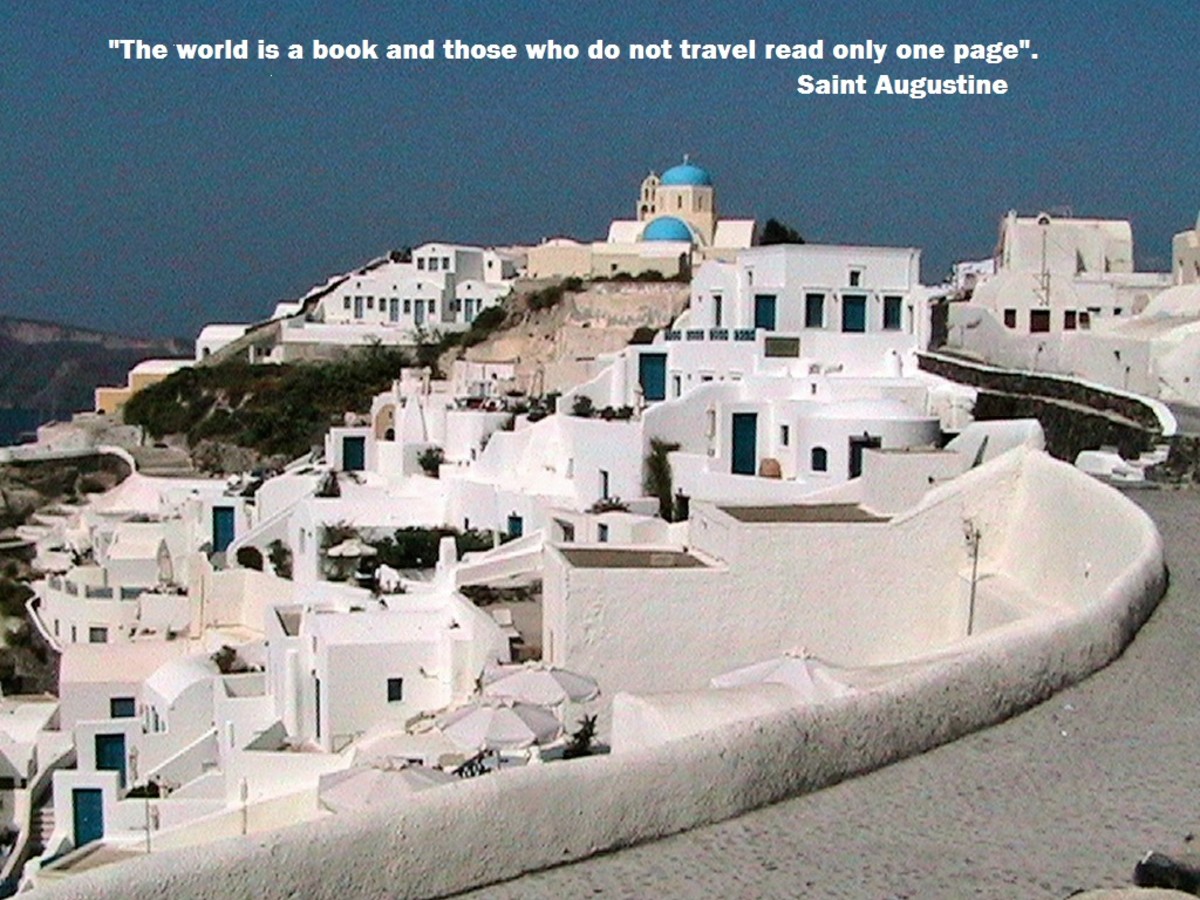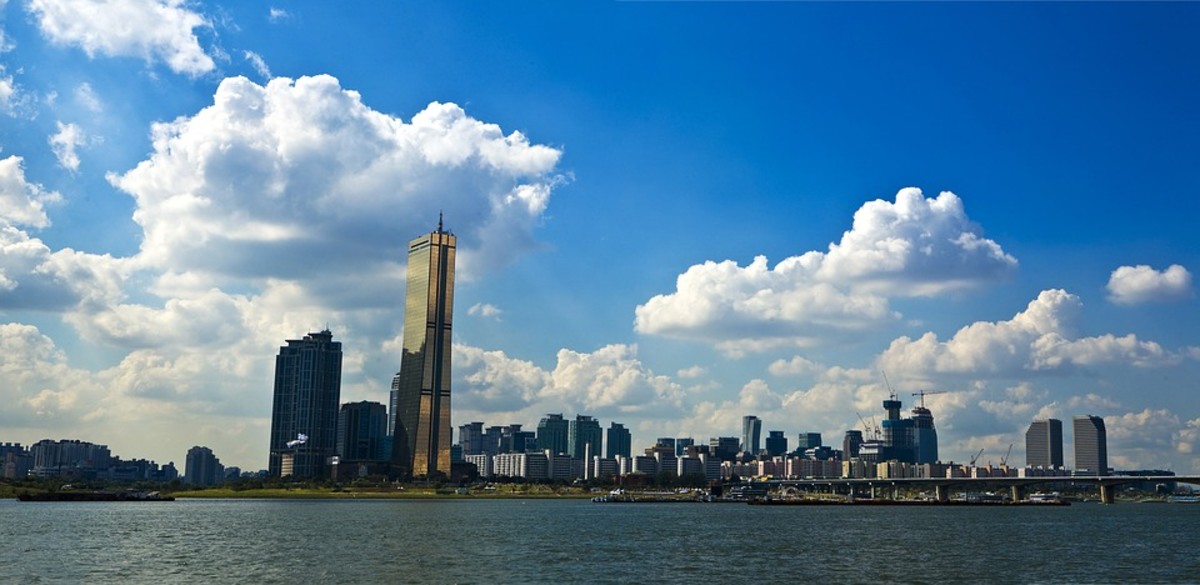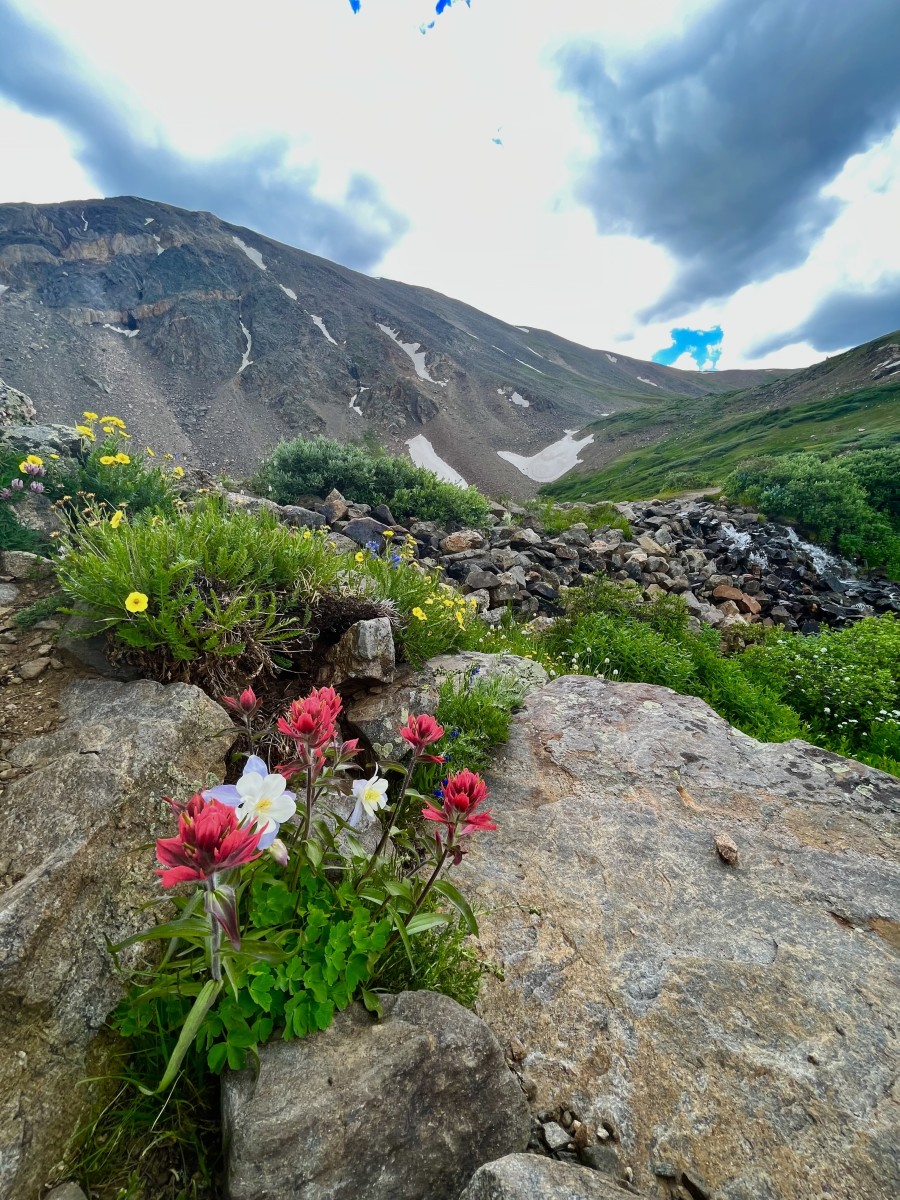Travelers and Tourists: The Marked Difference
Some Go for Luxury, Others Go for Years
Definitions, even between two similar yet different items or ideas, are the mark of a superior language, as is the understanding of such distinctions. It makes, quite simply, for greater erudition and understanding of not only that which is being spoken about, but also of the world as a whole.
An example of this involves the words “critical” and “sarcastic,” both of which are often used synonymously. While a critical comment, for instance, may be pessimistic, it is not always so, whereas one cannot be sarcastic without producing a feeling of negativity, for this is the exclusive domain of sarcasm, even if ultimately meant to be constructive.
That said, let us consider the distinction twixt a traveler and a tourist. First, we’ll cover the latter.
A tourist is the most common type of traveler. She usually goes somewhere in the world, even if within her own country, for 2 or 3 weeks. Very often, the place visited is tried and true, and will be the chosen place to vacation for many years, without a change in setting, though not always.
Tourists tend to be spectators, or when participating in events, do so with other tourists, other outsiders. As for attitude towards a people or a culture, their attitudes can reflect the full spectrum of opinions, from absolute praise and respect for a place or culture, to absolute, haughty contempt. Hopefully it the former attitude that is adopted. When contempt or even a patronizing attitude are taken, and if the person is specifically from the United States, these people are often aptly labeled “Ugly Americans,” by both thoughtful Americans and others, alike. Of course, the same moniker of “ugly –“ can be adopted for the nastier version of any nationality when outside their respective nation.
This is by no means a condemnation of tourists, only the lesser breed of the category. Tourists and travelers tend to have a triumvirate, symbiotic relationship along with merchants throughout the world. The three need each other.
Travelers tend to be younger than tourists, as they often will go to places that tourists find too far off the beaten path, such as base camp at Mount Everest, though the late Sir Edmund Hillary (or “Sir Ed” as his friends called him) would definitely, even in his seventies, have qualified as a traveler, if not their king.
Travelers, par for their age and thus their economic situation (poor, in the western sense of the word), tend to shun hotels, as though they were allergic to stars: the more stars of the hotel rating, the less apt they are to stay there, that they may in turn, utilize their hard-earned monies towards travel itself, that is, paying for tickets, food, and necessary sundries. They are also less prone to purchase the types of trinkets that so many tourists adore (and so, travelers contribute less to local economies).
As far as lodging goes, travelers usually choose youth hostels, camping, or even more rudimentary means of sleeping. I myself have slept under more than 1 tree in my travels (a grove of pine trees is my chosen favorite and highly recommended, as the pine needles form a warm, clean bed on which to sleep, high above the dirt).
However, despite a propensity to spend less, travelers often give more to a culture in other ways. One of these means is by entertaining locals with stories of travel and of their own countries. In many places, such as India, people will “travel” purely vicariously, choosing to learn about other places not by traveling, but by hosting travelers, whether merely for coffee and an afternoon, or via an invitation to sleep over for 1 or more nights. This is where travel becomes golden, and distinguishes travelers from tourists the most starkly.
Travelers tend to immerse themselves in a culture, often for months or years, forsaking the opportunities of living in their own countries, of giving up much of the support and comfort from old friends typically of their own culture. For an understanding of this, review the song “Mary’s in India” by the English singer Dido, and consider what ‘Mary’ has given up and even lost. This is part of what I call the Traveler’s Curse (please see my hub about this under the same name).
Travelers will often find themselves in a temple watching and even participating in a ceremony, dancing in a social setting, hiking up a mountain trail with people met just that morning, or sitting and drinking coffee while debating the neo-colonialist tendencies of hyper-capitalism (or whatever) with a native of Papua New Guinea, while waves lap up on a shore but meters away. The key here is participation, vice “watching television in the raw,” which defines tourists.
So to sum up, whilst tourists and travelers share a common ground within the Venn diagram of traveling life, there are also grave differences between the two. Understanding this distinction will aid any person who likes to get out and about in the world to understand himself or herself better, while also aiding one in considerations as to where and how to best travel given one’s special perspective on life.








